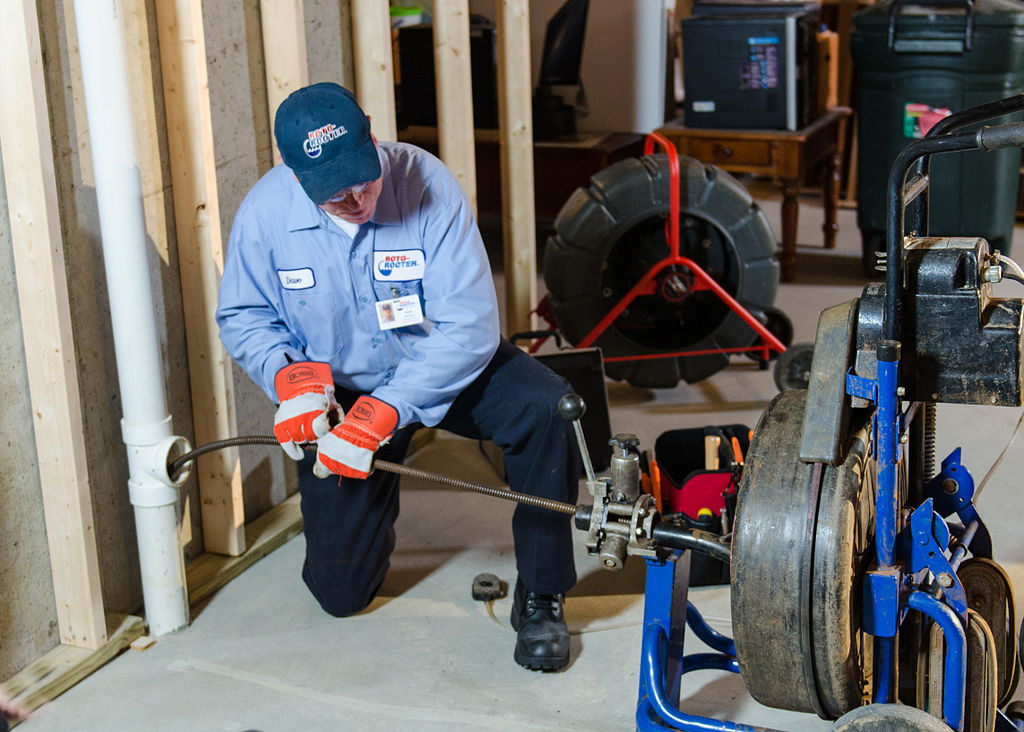Plumbing Careers in the United States: Opportunities and Pathways
The plumbing industry in the United States offers a robust career path for those interested in skilled trades. Plumbers play a crucial role in maintaining and installing water systems, ensuring the functionality of residential, commercial, and industrial buildings. This article explores the various aspects of plumbing careers in the US, including job prospects, training requirements, and potential career trajectories.

Plumbers often work with a variety of tools and materials, including pipes, fittings, and fixtures made from copper, PVC, and other materials. They must be knowledgeable about local building codes and regulations to ensure all installations meet safety standards. Additionally, modern plumbers increasingly work with technology, such as video inspection equipment and computerized diagnostic tools.
How does one start a plumbing career in the US?
Starting a plumbing career typically begins with an apprenticeship program. These programs combine on-the-job training with classroom instruction, usually lasting four to five years. During this time, apprentices work alongside experienced plumbers, learning the trade’s practical aspects while also studying theory, mathematics, and safety practices.
To begin an apprenticeship, candidates usually need to:
-
Be at least 18 years old
-
Have a high school diploma or equivalent
-
Pass a basic math and reading test
-
Be physically fit to handle the demands of the job
Apprenticeship programs are often offered through unions, trade associations, or vocational schools. Some states may require apprentices to register with a state apprenticeship agency before beginning their training.
What training and certification is required for plumbers in the US?
Training for plumbers is an ongoing process that begins with the apprenticeship and continues throughout their career. The initial apprenticeship provides the foundation, but plumbers must stay updated on new technologies, materials, and building codes.
After completing an apprenticeship, individuals can become journeyman plumbers. This typically requires:
-
Completing the required hours of apprenticeship (usually 4-5 years)
-
Passing a licensing exam that tests knowledge of the trade and local codes
Some plumbers may choose to pursue additional certifications or specializations, such as:
-
Medical gas installation
-
Water treatment systems
-
Green plumbing technologies
Many states require plumbers to be licensed, which often involves passing an exam and demonstrating a certain number of work hours. Continuing education may also be necessary to maintain licensure, ensuring plumbers stay current with industry standards and practices.
What are the job prospects for plumbers in the US?
The job outlook for plumbers in the United States is generally positive. According to the Bureau of Labor Statistics, employment of plumbers, pipefitters, and steamfitters is projected to grow 5 percent from 2020 to 2030, which is about as fast as the average for all occupations.
Several factors contribute to this growth:
-
New construction and building renovation projects
-
Increasing emphasis on water efficiency and environmentally friendly systems
-
Aging infrastructure requiring repair and replacement
-
Stricter water efficiency standards in plumbing systems
Plumbers with diverse skills and knowledge of new technologies may have better job prospects. Those willing to work in less desirable conditions or locations may also find more opportunities.
What is the typical career progression for plumbers in the US?
A typical career progression for plumbers in the United States often follows this path:
-
Apprentice: Learning the trade through hands-on experience and classroom instruction
-
Journeyman: Working independently after completing apprenticeship and obtaining necessary licenses
-
Master Plumber: Achieved after several years of experience and passing additional exams
-
Contractor: Some plumbers start their own businesses or become supervisors in larger companies
As plumbers gain experience, they may specialize in certain areas such as commercial plumbing, industrial systems, or environmentally friendly technologies. Some may move into related fields like plumbing inspection or teaching at vocational schools.
What is the earning potential for plumbers in the US?
The earning potential for plumbers in the United States can vary based on factors such as experience, location, and specialization. According to the Bureau of Labor Statistics, the median annual wage for plumbers, pipefitters, and steamfitters was $56,330 in May 2020.
However, earnings can range significantly:
| Experience Level | Median Annual Wage |
|---|---|
| Entry-level | $33,460 |
| Experienced | $56,330 |
| Top Earners | $98,990 |
Prices, rates, or cost estimates mentioned in this article are based on the latest available information but may change over time. Independent research is advised before making financial decisions.
Factors that can influence a plumber’s earning potential include:
-
Geographic location (urban areas often pay more)
-
Union membership
-
Specializations or certifications
-
Overtime opportunities
-
Self-employment or business ownership
Many plumbers also receive benefits such as health insurance, retirement plans, and paid time off, which can add to their overall compensation package.
In conclusion, a career in plumbing in the United States offers stable employment prospects, opportunities for advancement, and the potential for good earnings. With the right training, certifications, and experience, plumbers can build rewarding careers in this essential trade. As the industry continues to evolve with new technologies and environmental concerns, plumbers who stay current with these changes will be well-positioned for success in the field.






